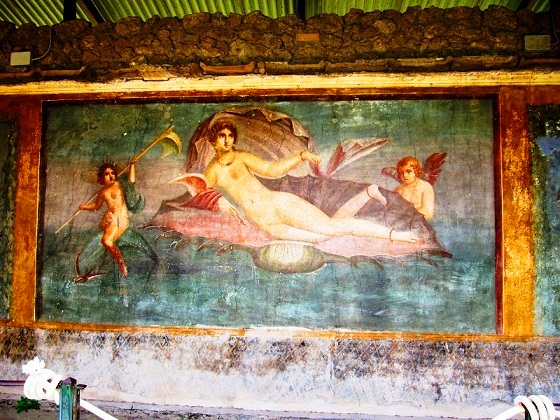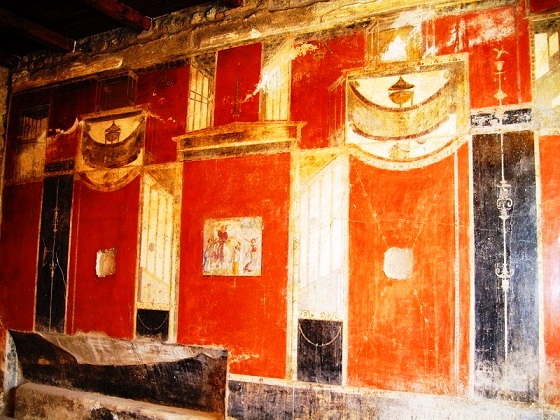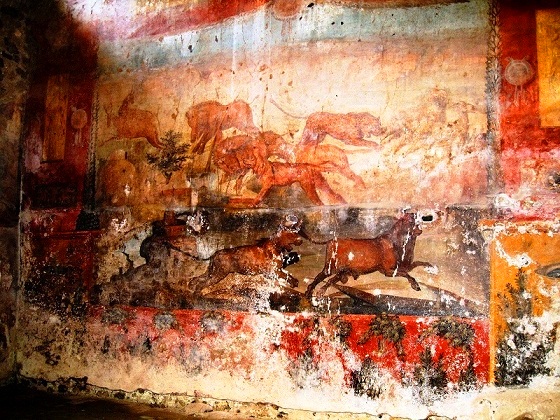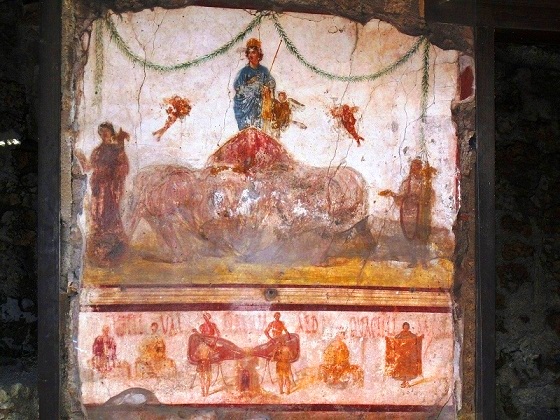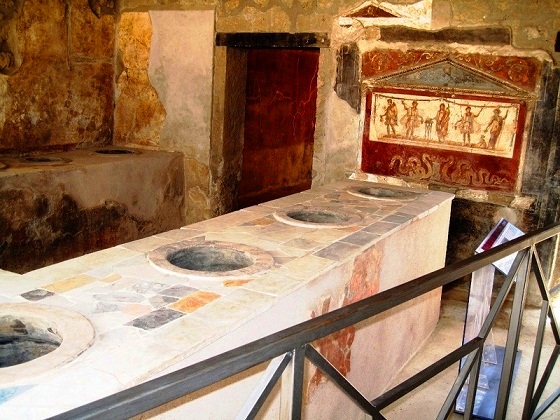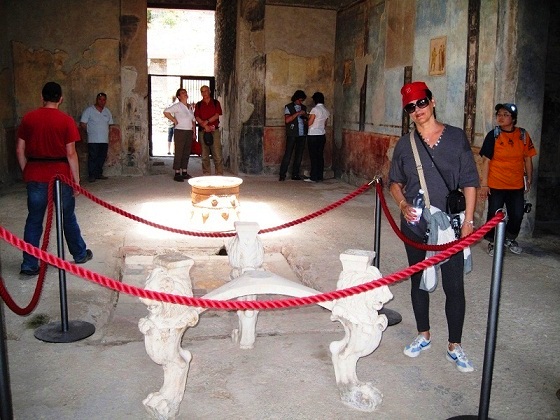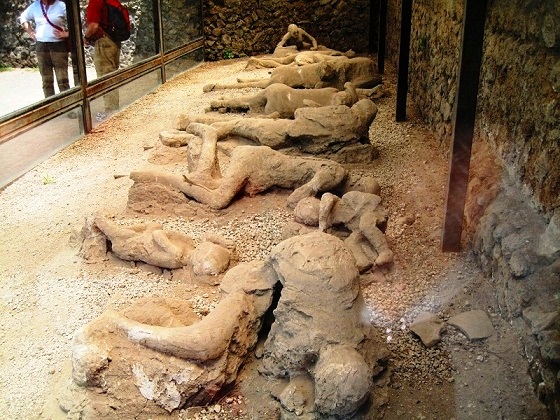Pompeii
Pompeii was an ancient Roman town-city near modern Naples in the Italian region of Campania. Pompeii along with Herculaneum and many villas in the surrounding area were mostly destroyed and buried under 4 to 6 m of ash in the eruption of Mount Vesuvius in 79 AD.
Pompeii population was probably approximately 20,000, with a complex water system, amphitheater, gymnasium and a port.
The eruption was cataclysmic for the town. The site was lost for about 1500 years until its initial rediscovery in 1599 and broader rediscovery almost 150 years later by Spanish engineer in 1748.
The objects that lay beneath the city have been well preserved for thousands of years because of the lack of air and moisture. During the excavation, plaster was used to fill in the voids between the ash layers that once held human bodies. This allowed one to see the exact position the person was in when he or she died.
Pompeii has been a tourist destination for over 250 years. Today it has UNESCO World Heritage Site status and is one of the most popular tourist attractions of Italy, with approximately 2.5 million visitors every year.
See more on Pompeii including sights, hotels, etc.

